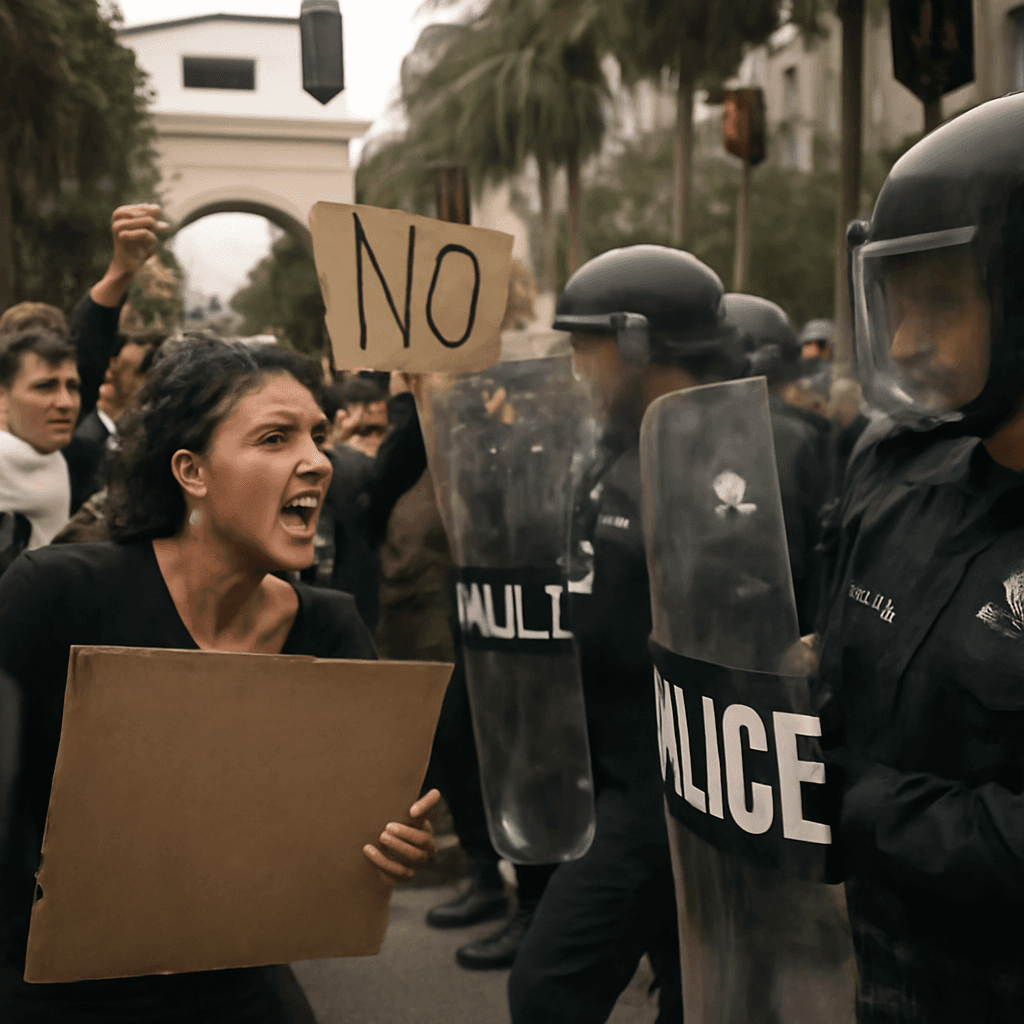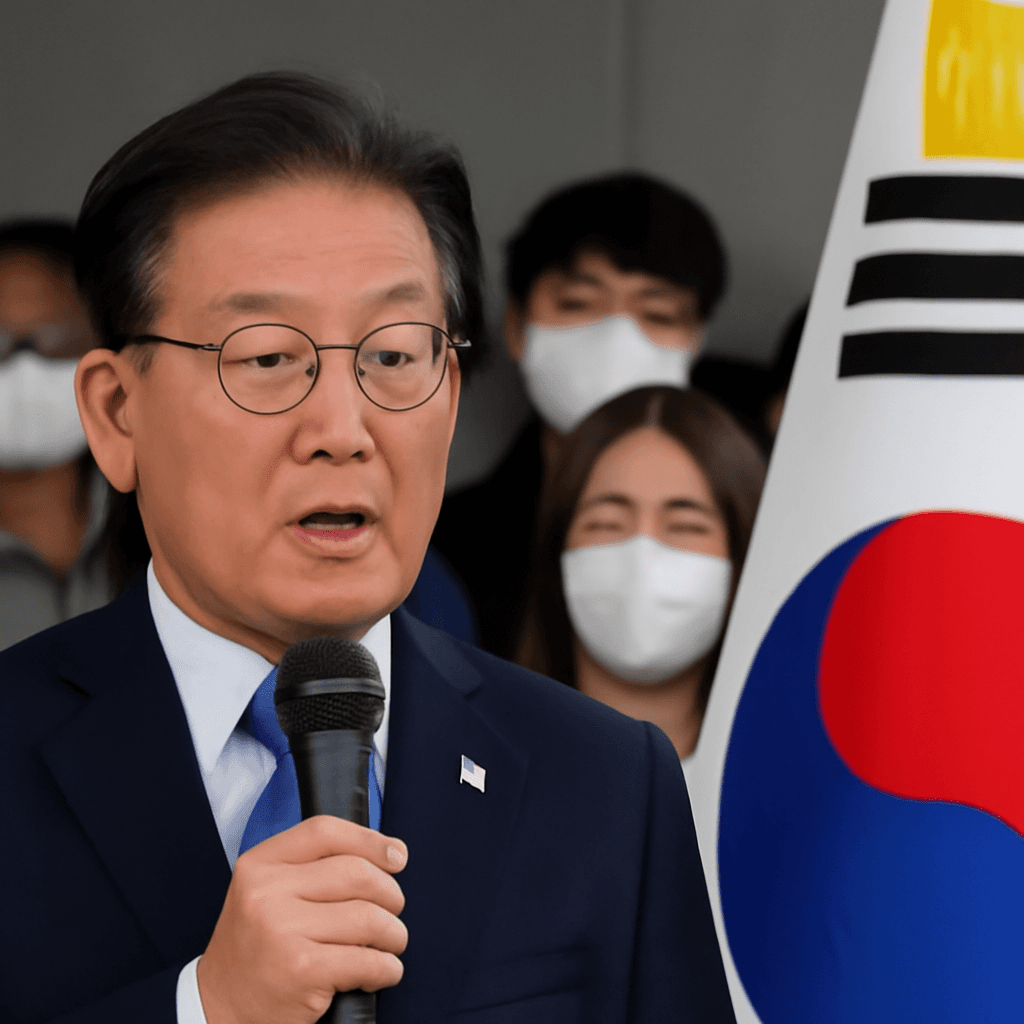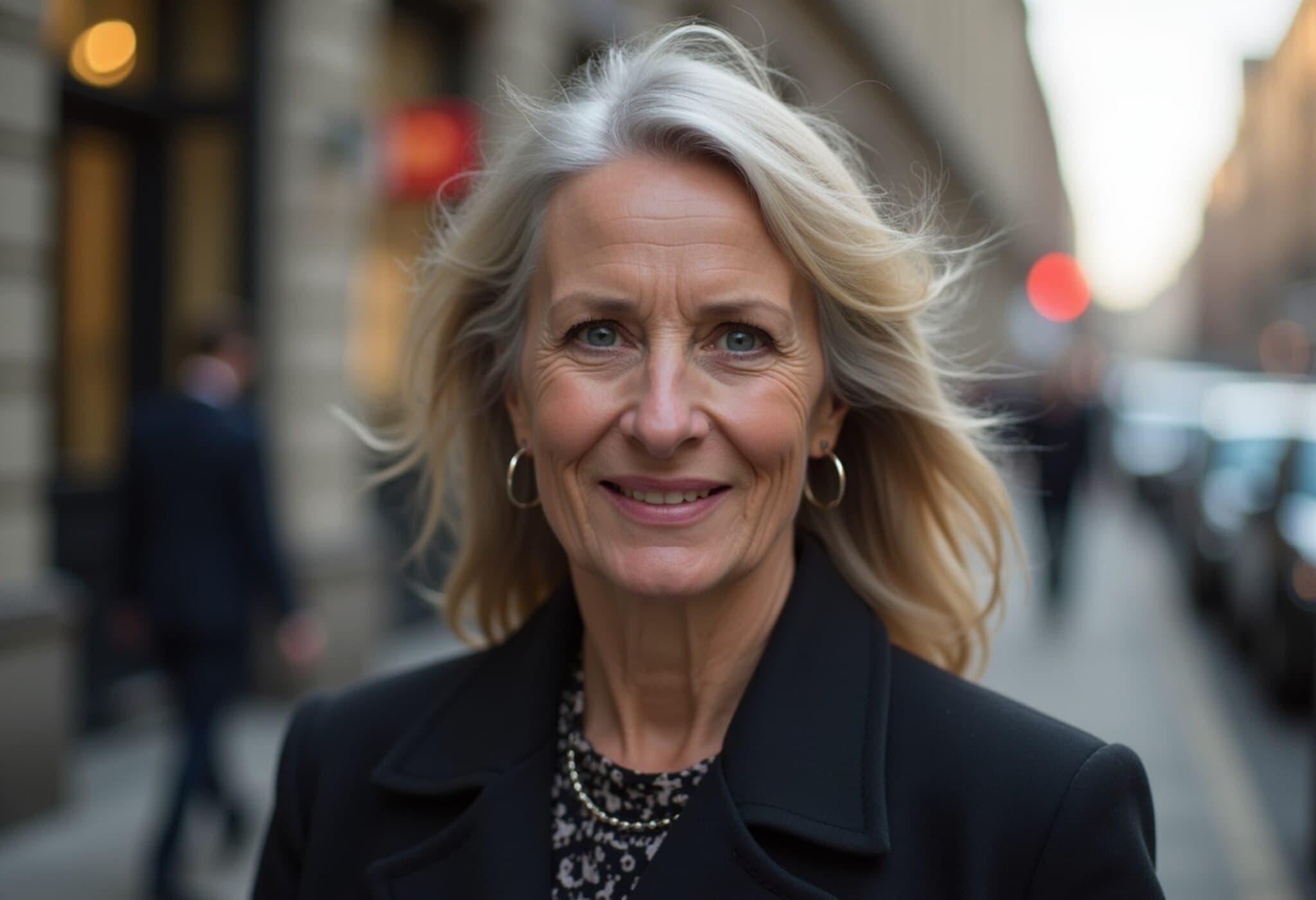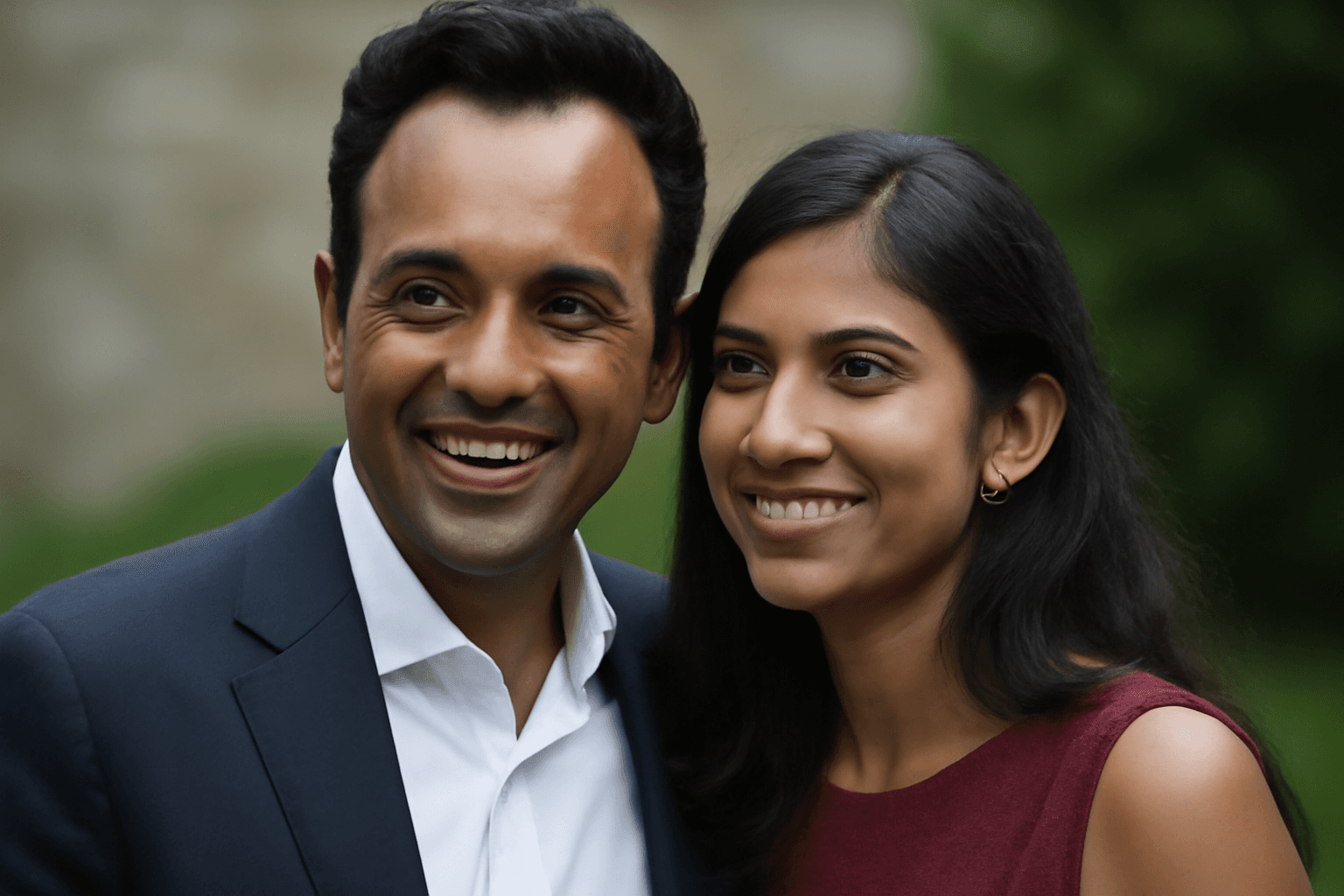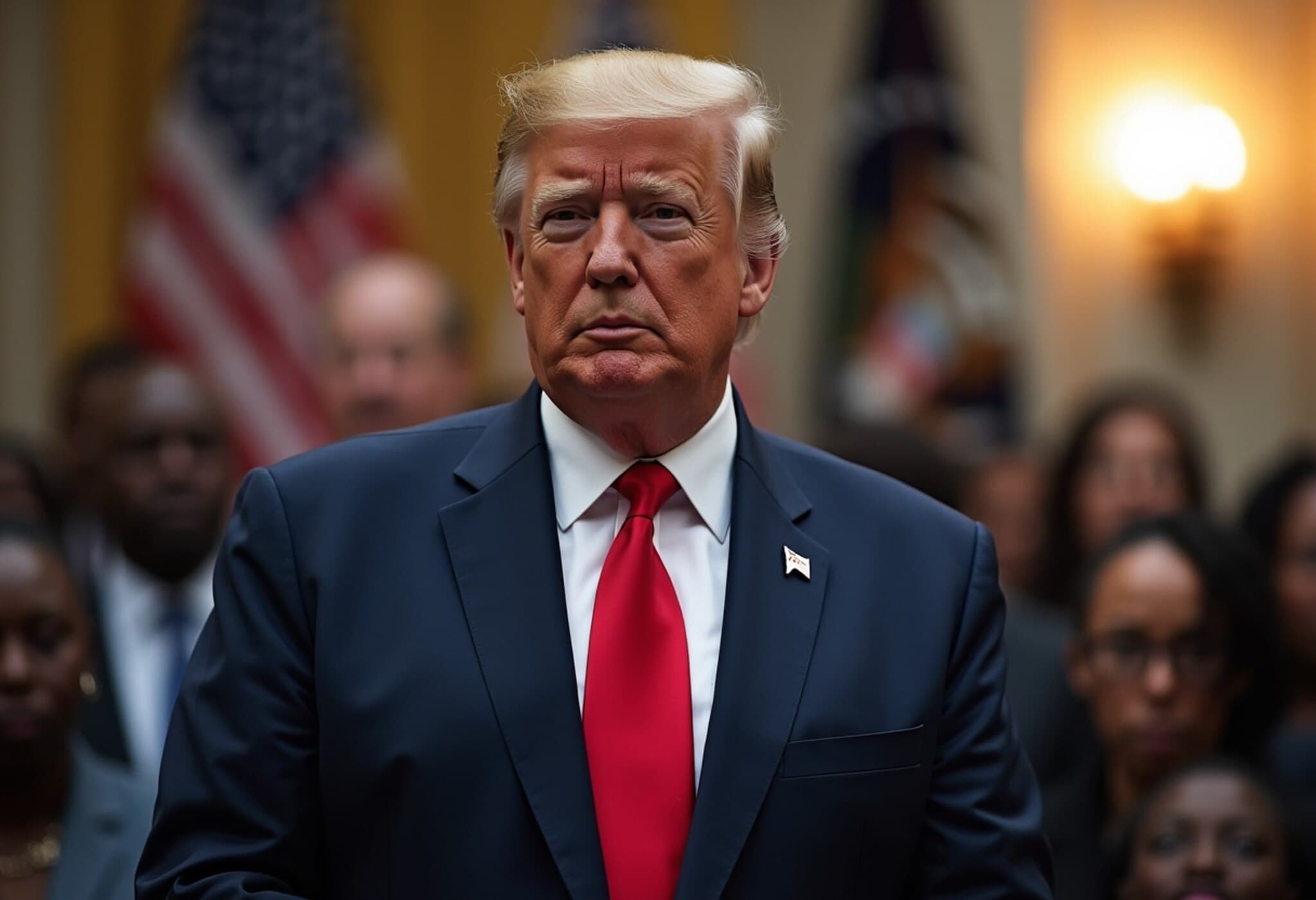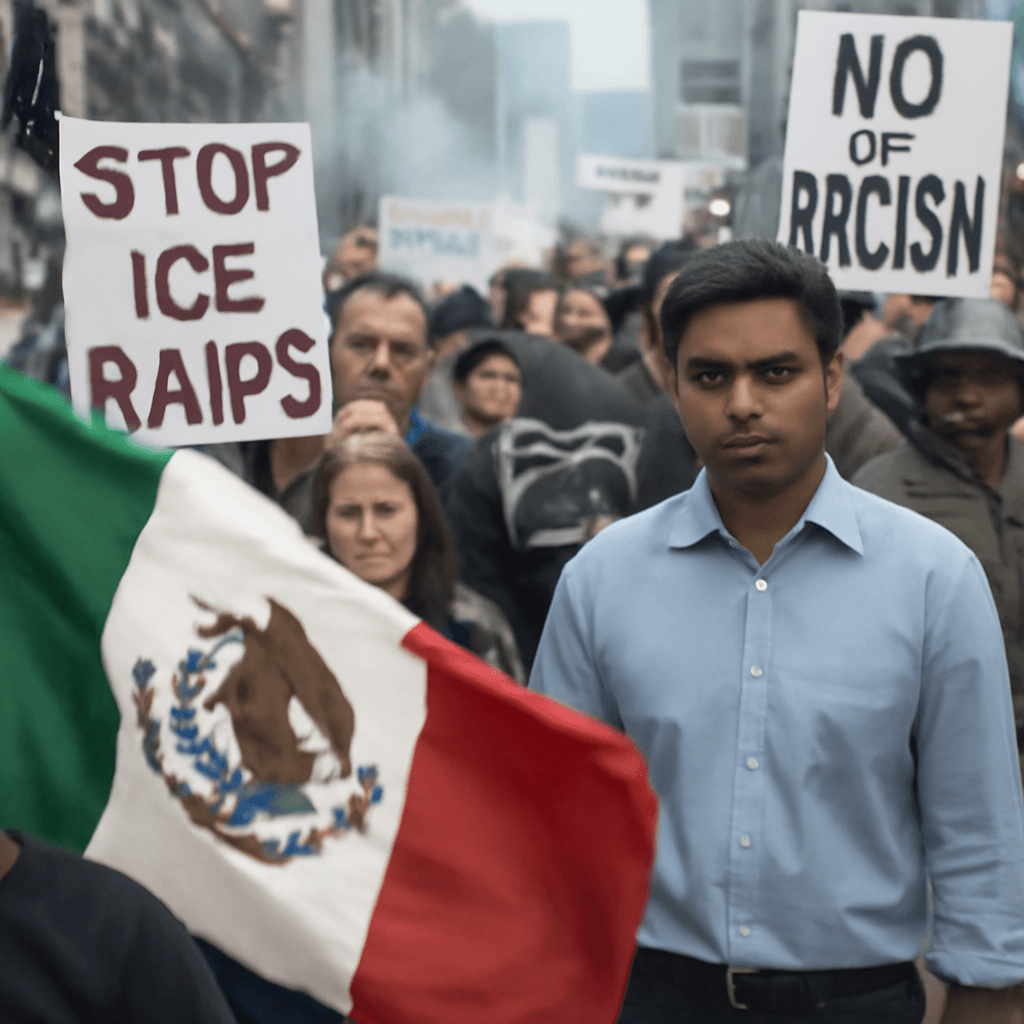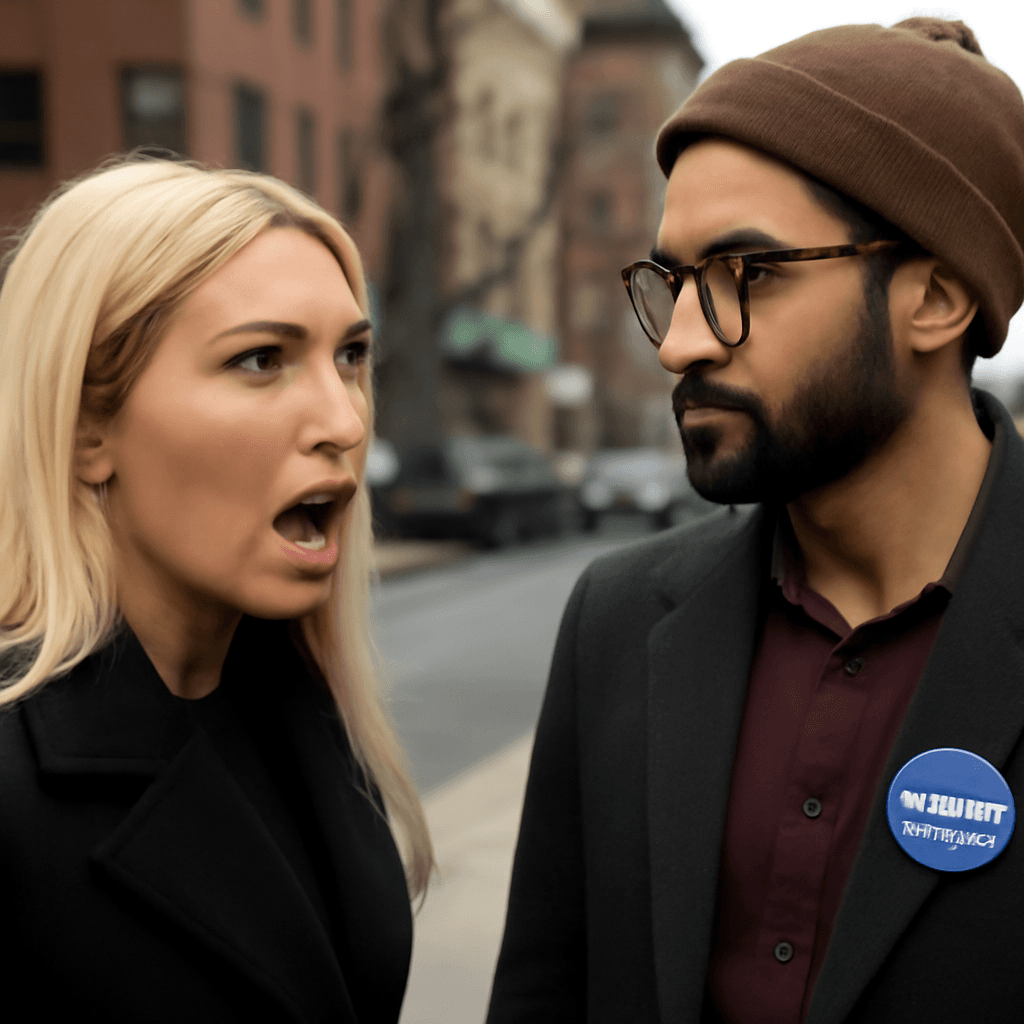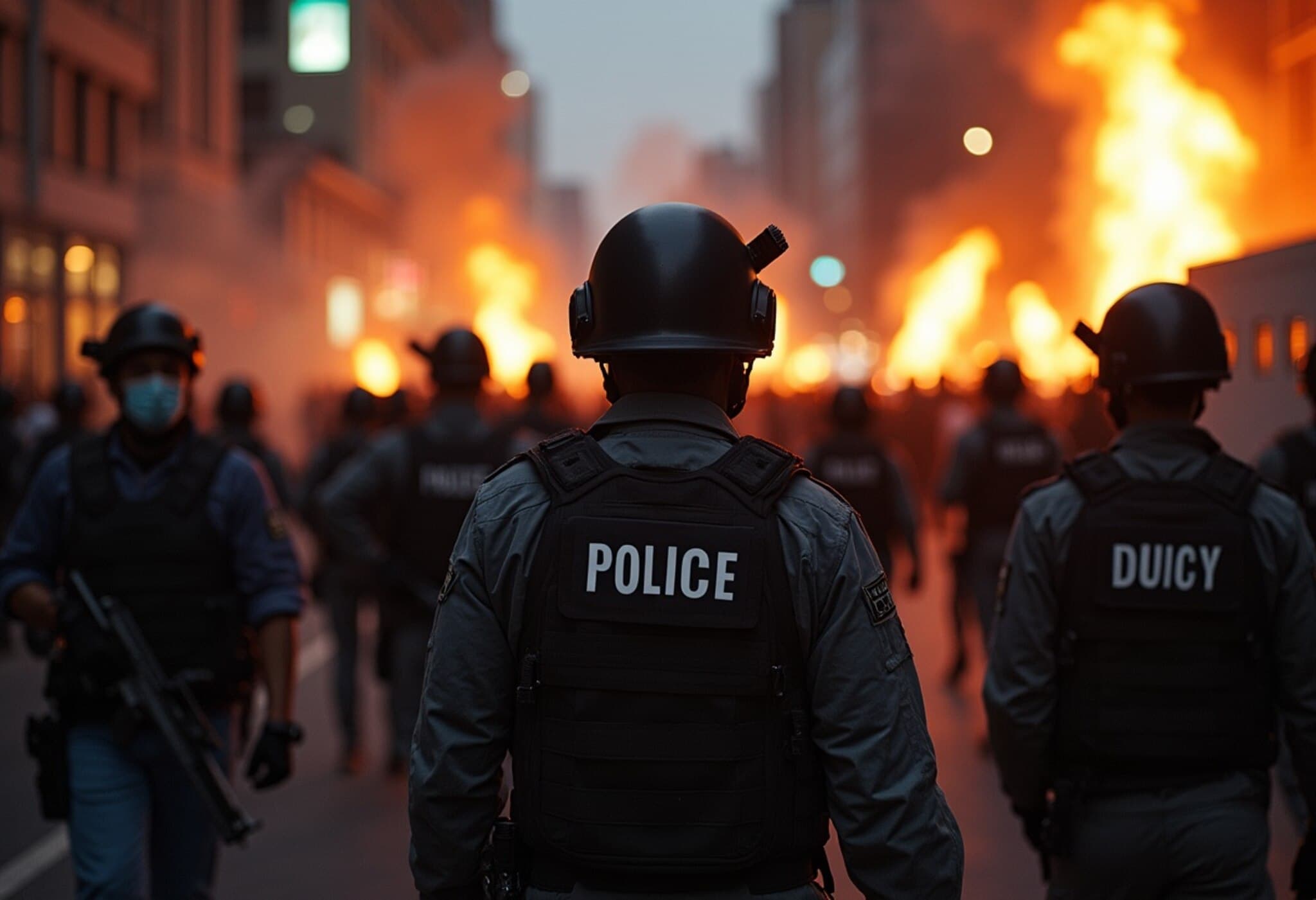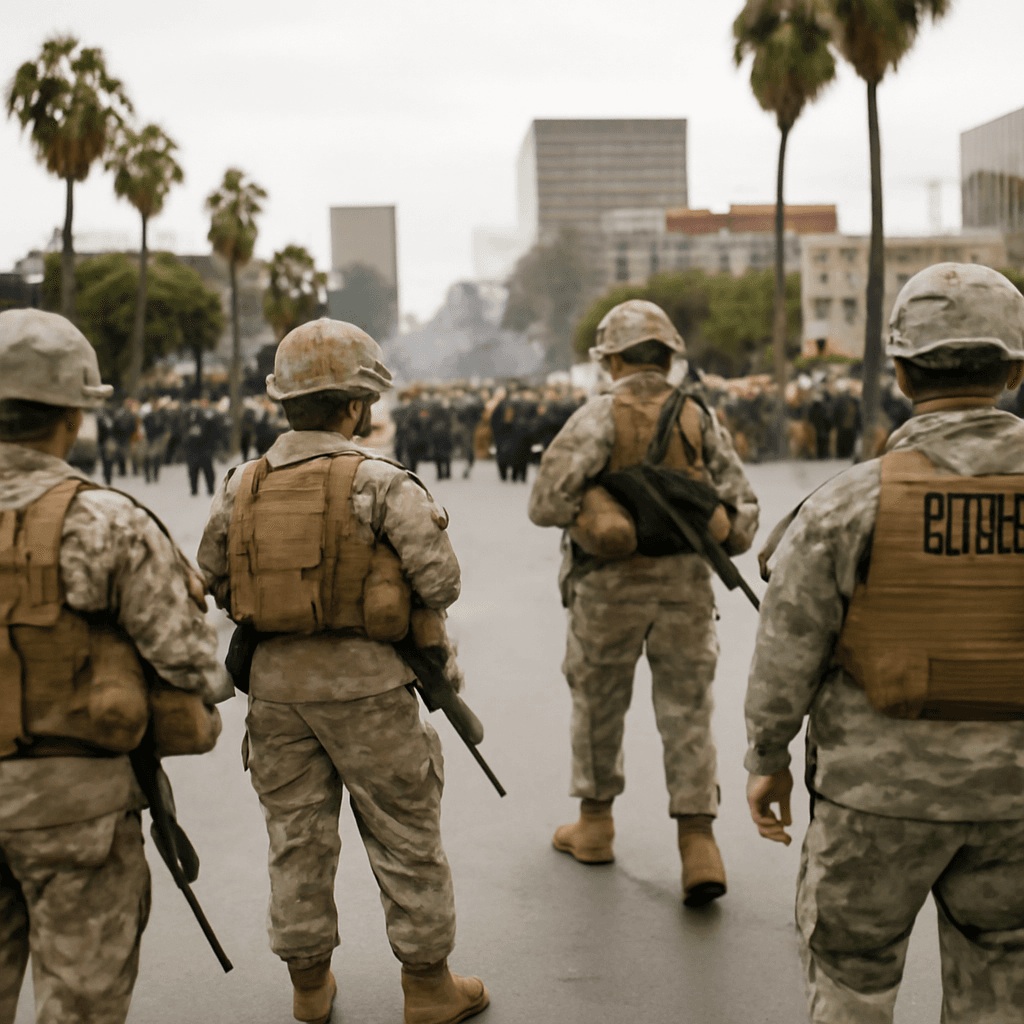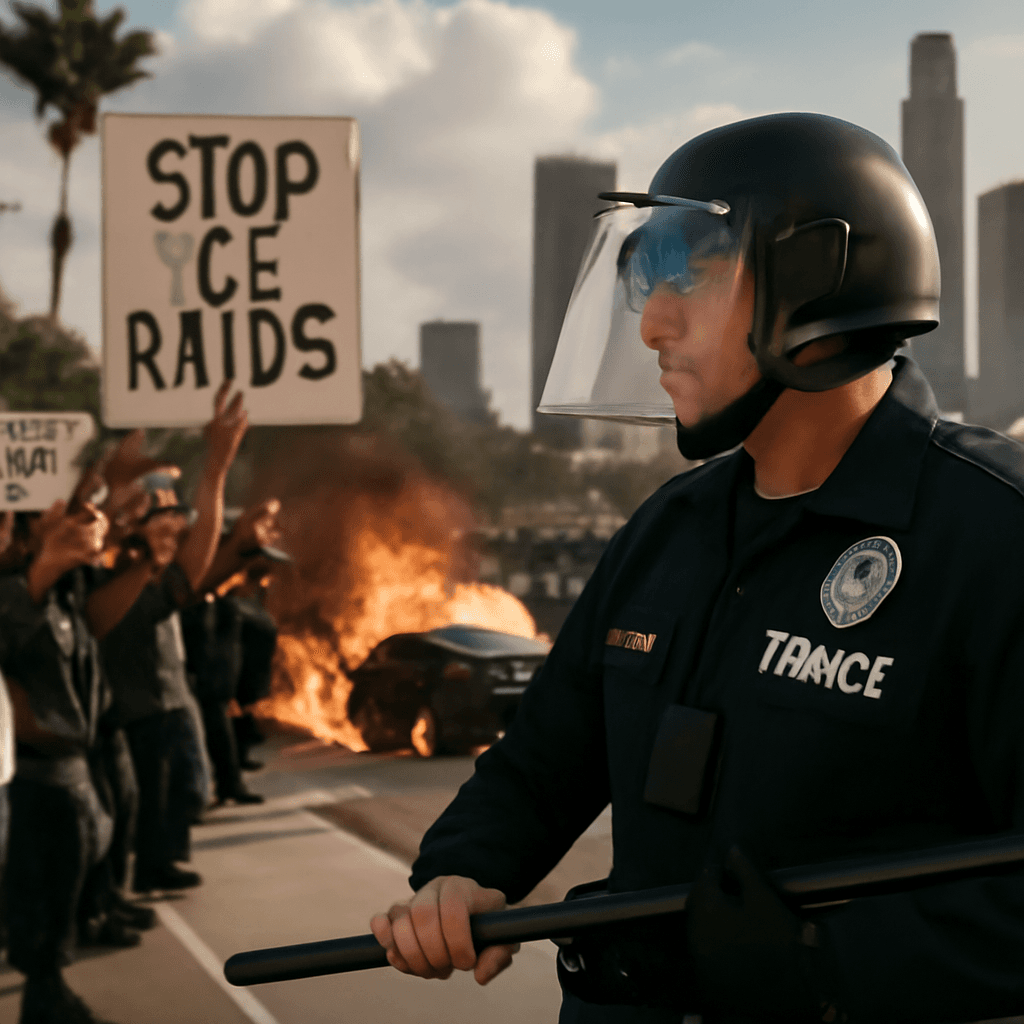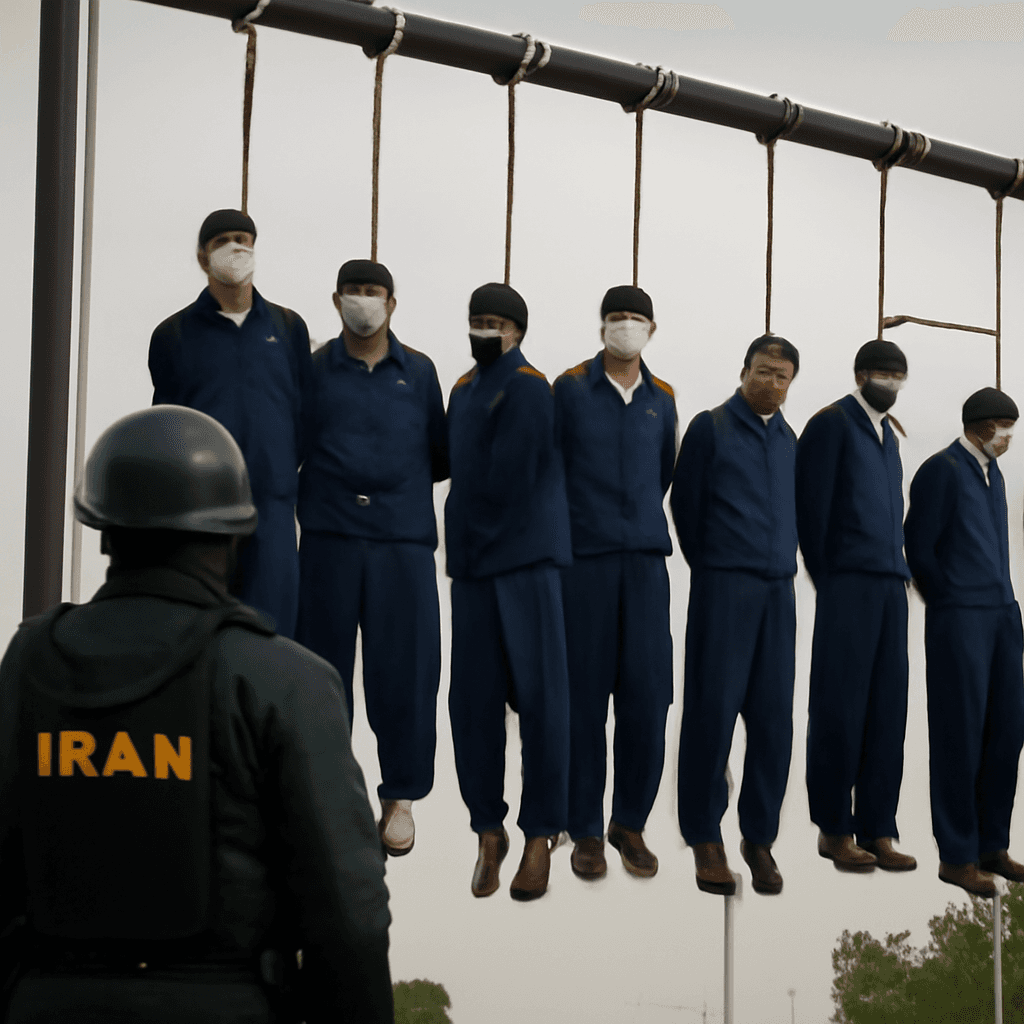Protests Erupt in Los Angeles Following Immigration Raids
Los Angeles has become the epicenter of intense protests after federal immigration raids led to the detention of more than 40 immigrants at workplaces across the city. What began as peaceful demonstrations escalated quickly, giving way to confrontations between protesters and law enforcement, along with a substantial military presence on the streets.
Federal Troop Deployment Sparks Controversy
The unrest has drawn thousands into the streets, blocking traffic, linking arms outside detention centers, and waving Latin American flags in defiance of immigration policies. These protests entered a volatile fourth day, marked by clashes in downtown LA, where tear gas and rubber bullets were used to disperse crowds amid incidents such as burning self-driving cars and assaults on police officers.
In response, the federal government deployed 4,000 National Guard troops and 700 Marines to restore order—an action taken without the approval of California's Governor Gavin Newsom. Newsom condemned the move as "reckless" and initiated legal proceedings to block the deployment, accusing the administration of prioritizing political ego over public safety.
Disinformation Fuels Division Online
Alongside the physical unrest, social media has become a battleground for a surge of disinformation. Doctored images, false claims, and conspiracy theories rapidly circulated, blurring the lines between reality and fabrication and fanning the flames of discord.
One widely shared falsehood involved images of pallets of bricks near immigration enforcement buildings, insinuated to be tools for militant attacks. This claim, debunked as a recycled hoax originating from a Malaysian construction supplier, nonetheless amassed over 800,000 views. Similarly, manipulated videos and images from unrelated events were rebranded as proof of insurrection and violent clashes.
Experts warn that such narratives are strategically amplified by right-wing influencers to portray the protests as orchestrated riots, a tactic designed to galvanize more participation and discredit the movement.
Conspiracy Theories Target Political Figures
The barrage of misinformation extends to personal attacks on public officials. LA Mayor Karen Bass faced unsubstantiated accusations of CIA involvement based solely on her association with the National Endowment for Democracy. Meanwhile, financier George Soros was baselessly accused of funding the protests, echoing a long-standing far-right trope fueled by anonymous and foreign-linked social media accounts.
President Trump and other prominent voices labeled protesters as “Paid Insurrectionists,” while foreign actors echoed conspiracy claims, suggesting a nationwide liberal conspiracy against conservative interests.
Legal and Political Ramifications Intensify
The federal government’s firm approach to these protests is seen by critics as a strategic move to expand federal authority over states. Trump's troop deployment, executed without state consent, is one of the most assertive displays of federal power over a state in recent decades.
California officials have challenged this move in court, arguing that the conditions for such deployment—namely rebellion or invasion—do not exist. Legal experts caution that this could be a prelude to invoking the Insurrection Act, which would grant military forces greater power to intervene in civilian affairs.
Governor Newsom and other critics accuse Trump of using the unrest to stoke political gains and test the limits of executive power, raising concerns about potential future deployments against protests involving issues such as gun rights, abortion, or education.
A Broader Symbolism Behind the Deployment
Observers note the timing of the military presence and Trump’s public appearances, including a UFC fight and plans for a military parade, suggest an orchestrated display of strength aimed at reassuring his base. Civil liberties advocates warn this rhetoric and action risk normalizing heavy-handed federal intervention in civil protests.
As tensions persist in Los Angeles, the unfolding situation stands as a critical test of federal-state relations and the limits of protest in a polarized political landscape.

